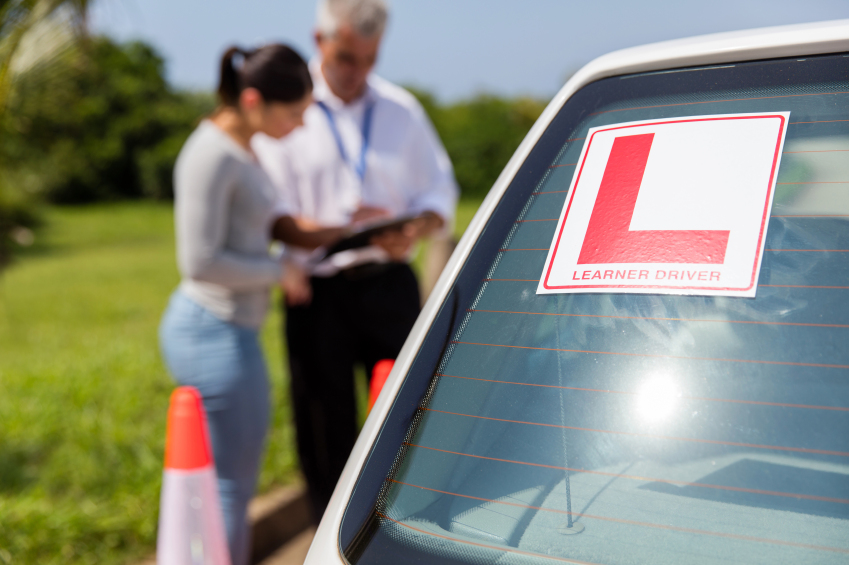Why Driver’s Education is a Must for Teen Drivers

Three components factor into whether or not someone is a safe driver: their technical ability, the amount of time they’ve spent behind the wheel, and the knowledge about rules of the road. When it comes to teens, these components are all very important when they get to legal driving age. While you may be able to teach your teen how to merge safely and parallel park with ease, they could miss out on valuable driver education if you don’t sign them up for an introductory driving course. Since we all know you want your children to be as safe as possible on the road, here are some things you can use to explain the importance of driver’s ed to them—and gain a better understanding yourself.
Statistically, driver’s education reduces accidents and traffic violations among teens.
Teens 16-19 have the highest accident rate in the nation. In fact, 16 to 19-year olds are about three times more likely to be in a fatal crash than those 20 and older. This data isn’t meant to give you gray hairs, but to emphasize our next point: According to AAA, if teens take driver education classes, they can reduce their accident rate by 4.3% and cut down on getting ticketed by 40%.
Driver‘s ed doesn’t just supervise the 30-40 mandated hours of driving lessons and lectures before your teen driver gets their license, but goes over local driving laws, asks questions about tough scenarios you might encounter while driving, and prepares your teen’s driving skills for the written and physical driving test. With all of this practice and knowledge, it makes sense why it helps on the road.
Most states require some form of driver’s ed.
Aside from Alabama, Minnesota, and North Dakota, you don’t have a choice when it comes to driver’s ed. Your kids have to take some sort of driving lessons. You do have some options though. Now, there are online courses which are much cheaper. There are also traditional classroom driving schools as well.
Driver‘s ed will help your teen pass their drivers license test quicker.
Most states have a graduated drivers license program (GDL). These programs benchmark phases in a teen’s driving practice to ensure they’re a confident driver before they get their driver licenses. Most of these programs state that you must:
- Be either 15 or 16 to apply for a learner’s permit
- Pass a test to obtain your learner’s permit
- Complete a minimum amount of supervised driving hours (usually around 30) by enrolling in driver’s ed or driving with a qualified adult
- Take your license test
- Drive with a restricted license once you reach a certain amount of driving time (this limits amount of passengers as well as age of passengers you’re allowed to drive with)
- Get your unrestricted license
Teens will have to take a written exam and complete a driving test with a DMV official. If they go to driving school, they’ll be up to date on all of the local driving laws and will have practices hours and hours of driving techniques necessary to obtain a license. Without this training, they could waste time and money taking the test over at a later date. Plus, some states make you wait a month before you can try again.
Auto insurance premium discounts can outweigh driver’s ed costs.
You can save up to 10% on most insurance policies just by having your child complete drivers education. And with online drivers ed courses available for just $50, it can pay for itself in less than a year—and save you money in the long run.
If your teen is getting ready to drive, then rest assured that a proper driver’s ed course will have them road ready by the time they take his or her license test. It will also help lessen the load on you—by cutting down on chaperone time while they practice, gas money, and the risk involved in having them use your car as a training tool.
Shop for teen auto insurance policies.
[SUREHITS]

Free Insurance Comparison
Enter your zip code below to view companies that have cheap insurance rates.
Secured with SHA-256 Encryption


